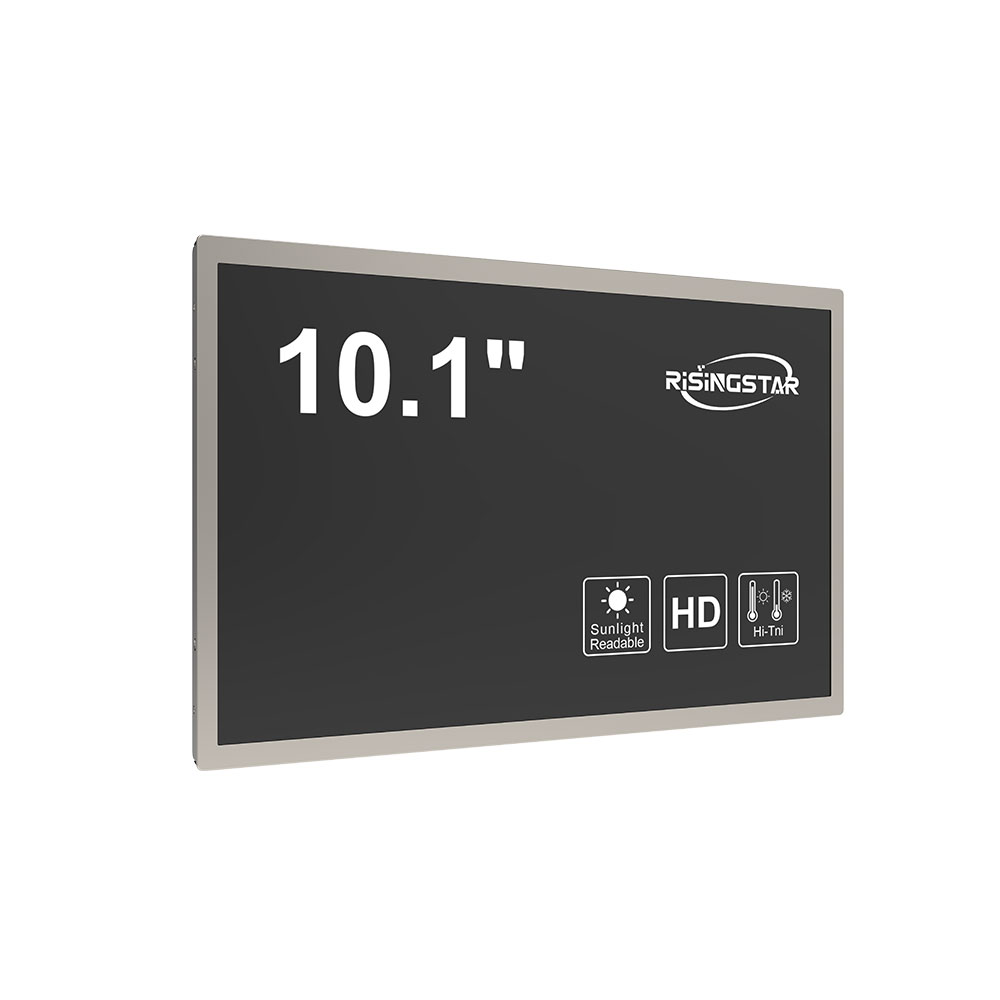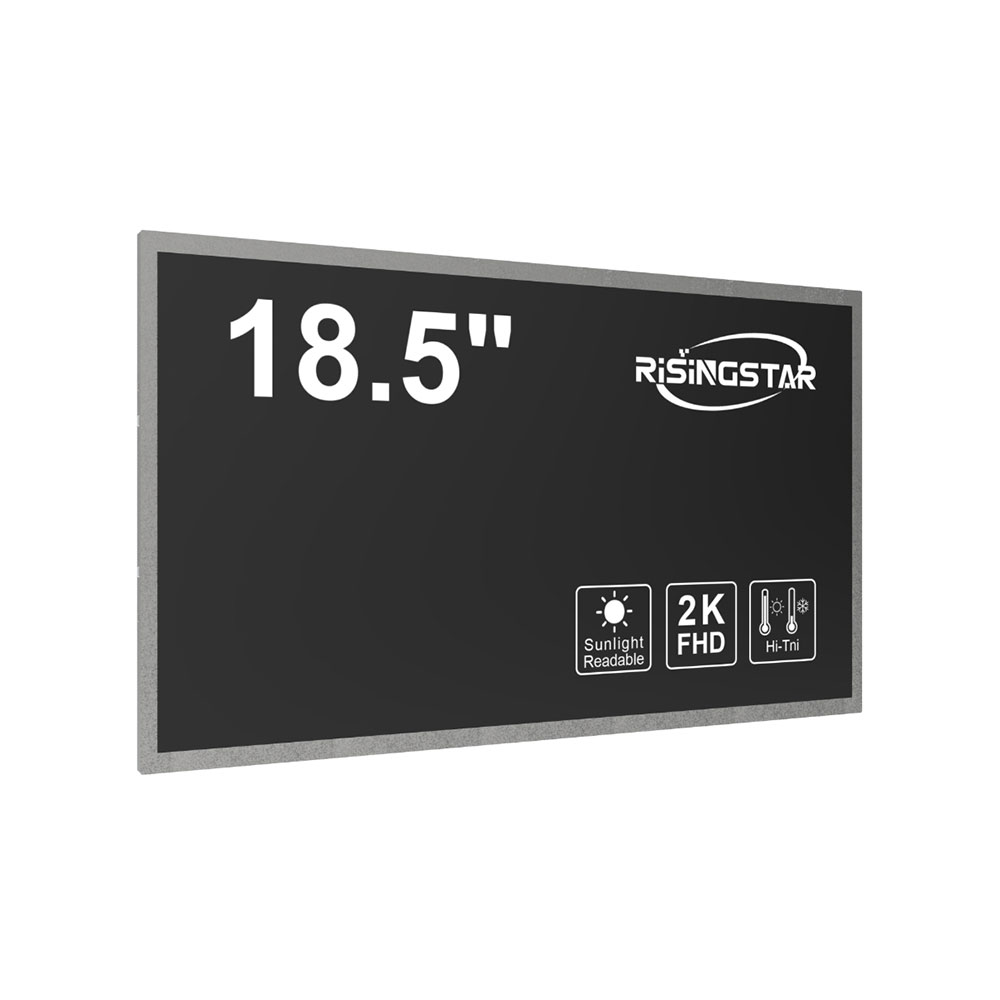When deploying an outdoor LCD screen for commercial or public use, selecting the right display is critical—not just for visual impact but also for durability, energy efficiency, and long-term cost-effectiveness. Whether you're installing a digital signage solution at a retail store, transportation hub, or sports venue, understanding key technical parameters ensures optimal performance under real-world conditions.
明るさと対照比
Outdoor screens must overcome ambient light, especially direct sunlight. A minimum brightness of 5,000 nits is standard for most outdoor environments—higher-end models often exceed 7,000 nits. For example, Samsung’s The Wall series offers up to 10,000 nits, making it ideal for high-sunlight areas like airports or stadiums. Also, a contrast ratio above 5,000:1 ensures sharp image quality even in bright daylight.
Environmental Durability

IP65 or higher ratings are essential for dust and water resistance. In humid climates like Singapore or Miami, IP66-rated displays prevent internal condensation damage. Additionally, operating temperature ranges from -30°C to +60°C (as seen in LG’s outdoor LED-LCD hybrid panels) allow deployment in extreme weather zones—from Arctic regions to desert locations.

Power Efficiency and Cooling Systems
Energy consumption matters for both operational costs and sustainability. Modern outdoor LCDs now feature adaptive brightness control that reduces power usage by up to 40% during low-light hours. Efficient thermal management systems, such as passive heat sinks or fan-assisted cooling, prevent overheating—a common failure point in unregulated environments.
コンテンツ管理とリモートモニタリング
Integration with cloud-based content management systems (CMS), like BrightSign or Scala, enables centralized updates and scheduling. Real-time monitoring via IoT sensors (e.g., temperature, brightness levels, uptime logs) allows proactive maintenance, reducing downtime by up to 60%, according to a 2023 study by Display Week.
Installation and Maintenance Considerations
Mounting solutions should be weatherproof and anti-vandalism rated (IK10). For high-traffic areas like train stations, consider shock-absorbing frames and tempered glass. Regular cleaning (at least monthly) and firmware updates are crucial for longevity—many businesses report a 30% longer lifespan when following manufacturer guidelines.
In conclusion, choosing the right outdoor LCD screen involves balancing brightness, environmental resilience, energy efficiency, remote manageability, and physical protection. Leading manufacturers such as Sony, Sharp, and NEC offer certified outdoor-ready models compliant with IEC 60068-2 standards. Always test prototypes in your specific environment before full-scale deployment.







